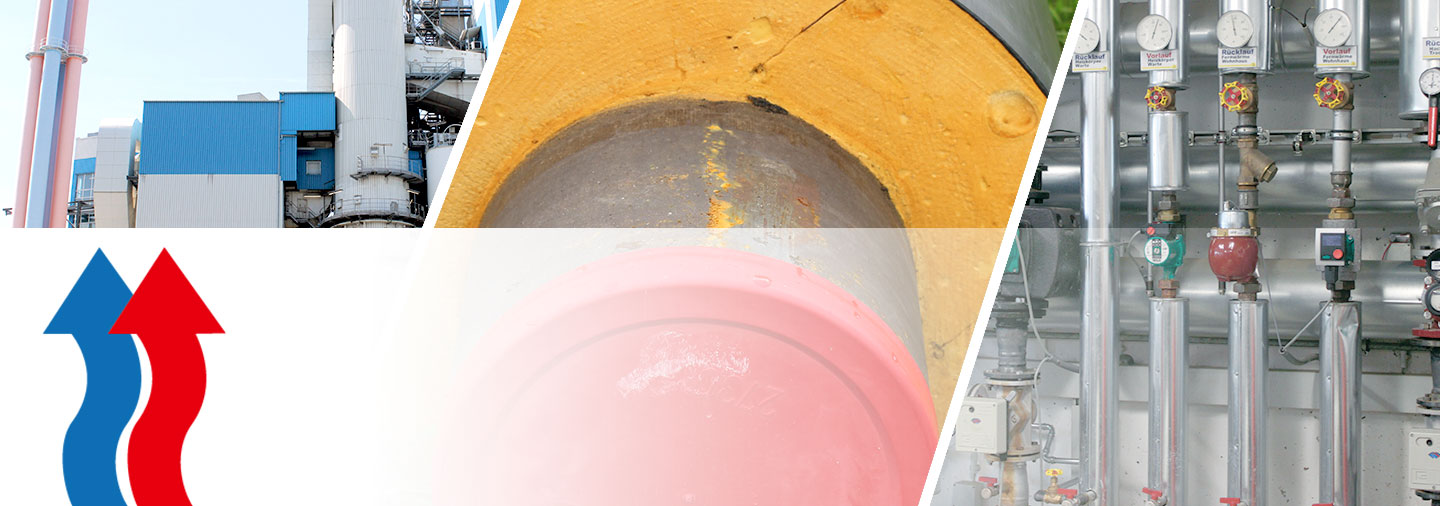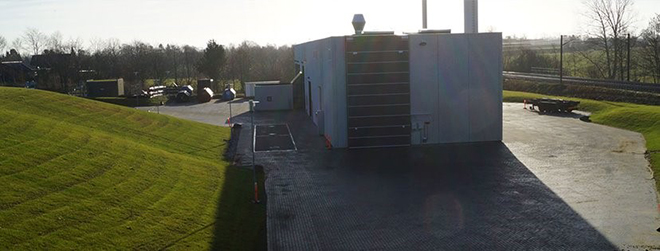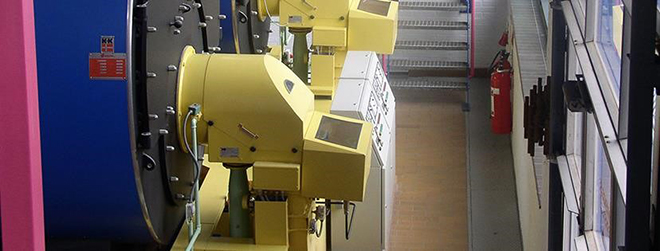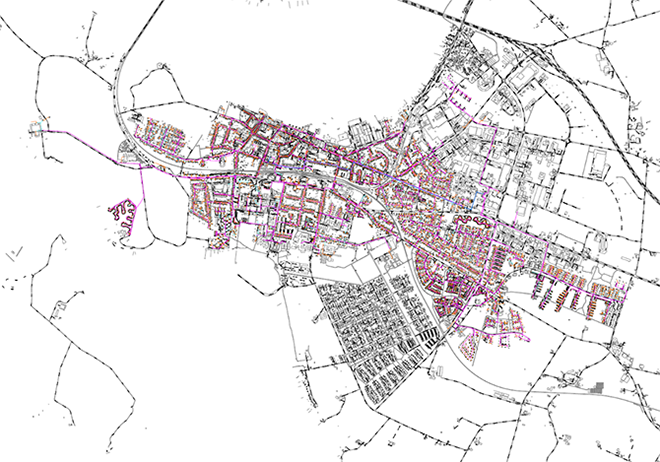

News & Events
Final Upgrade DH Project Report is available
Press Release - District Heating: an important contributor to support the energy transition in the heating sector
29.09.2021 District Heating: an important contributor to support the energy transition in the heating sector
09.07.2021 Check the brochure "District heating and cooling - a modern solution to traditional challenges"
09.07.2021 Join German expert knowlede sharing workshop on 18.08.2021
02.07.2021 Join the Final Upgrade DH Conference on 15 September 2021
29.06.2021 Energy transition - Lithuania sets records in speed and scope
14.06.2021 Video on solar thermal energy in district heating
26.05.2021 Join the Virtual Power Plant Tour and Webinar on Efficient and Renewable Heat Networks on 16.06.2021
27.04.2021 Press release - UpgradeDH recommendations to support national District Heating & Cooling Action Plans
07.04.2021 Tuzla joins #DHCities in the campaign We are all connected
12.02.2021 Join the webinar Retrofitting DHC - How to develop a successful action plan, 23.02.2021
14.01.2021 Webinar: Retrofitting with renewable energies - finding the right mix, 26.01.2021
30.10.2020 Online Upgrade DH Workshop on 12.11.2020 alongside the KeepWarm final event
30.10.2020 Photo competition Meet the ones who keep you warm! in the framework of the #DHCitizen campaign
02.10.2020 Digital Event: The Future of district heating in Italy
EU project UpgradeDH launches campaign: Become a #DHCitizen!
3.07.2019 New handbook on upgrading district heating grids in Europe published
27.05.2020 Webinar on upgrading heat distribution and piping technologies
29.04.2020: A series of public thematic webinars by UpgradeDH partners
Middelfart, Denmark
The city Middelfart is located on Funen in the South-Region of Denmark, with around 15.246 inhabitants. Middelfart District Heating System is divided into two areas (Hessgade and Fynsgade), and are organizationally in charge of both Middelfart District Heating Area, but also Nørre Åby District Heating Area. Middelfart DH does not supply Nørre Åby, since they have their own local energy system, meaning Middelfart DH only supplies the city of Middelfart.

Middelfart
The District Heating system utilize industrial excess heat from TVIS as their main heat source, but they have a reserve capacity of 48 MW, that utilize natural gas or fuel oil. The spare capacity is located on their main central (Hessgade 21B), and on their second central located on Fynsvej. From the main central on Hessgade to Fynsvej, a transmission pipe transports the excess heat from TVIS.
The average MWh that are supplied by the DH network was in 2017 around 122.086 MWh. Out of 122.086 MWh, the heat production on the natural gas boilers were 28.596 MWh, equal to 23 % of the total heat production, and 94.491 MWh, equal to 77 % of the total heat production, came from the industrial excess heat.

The temperatures in the network varies throughout the year, but in average, the supply temperature is 65 degrees and return temperature is 40 degrees. The district heating network's length is in total 148 km distributed on 75 km main pipelines and 73 km service pipes. The network consists of around 5.192 smart meters (substations) that provide information about the consumers heat demand. To optimize the current energy system they can utilize the Termis Flow Temperature Optimization (FTO), which optimizes the supply temperature at the heat plants or the TERMIS Return Temperature Optimization (RTO) model, which can give information about lowering the return temperature at specific consumers through Smart Meters, which are already installed in Middelfart DH. The heat loss in the network is around 18 %, which is a challenge for the district heating system, because it illustrates inefficiency. So lowering the heat loss must have a high priority, especially when expanding the distribution area and connecting more households to the network. These two types of software can be used to lowering the temperatures, which are key to staying competitive with e.g. individual solutions. A more long-term challenge for the DH systems in Denmark is that The Danish Government wants to be independent of fossil fuels in the energy production in 2050, meaning the utilization of natural gas must come to an end, which can cause a problem for many DH systems that utilize it as spare capacity.









